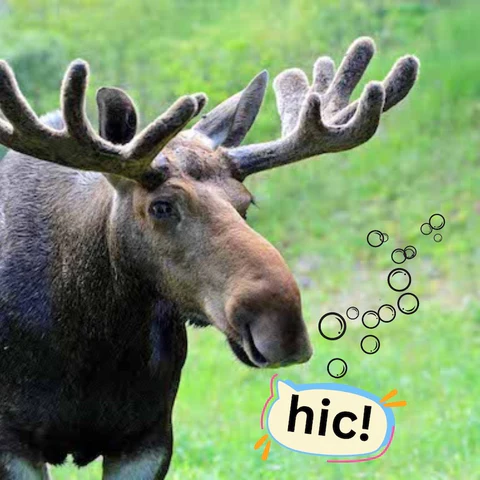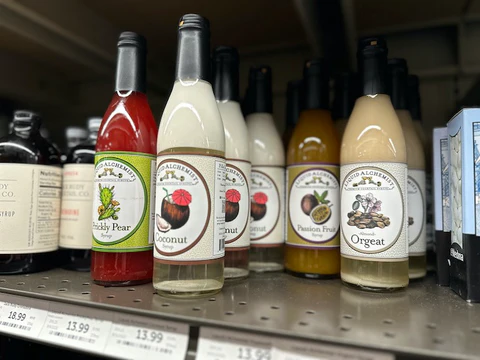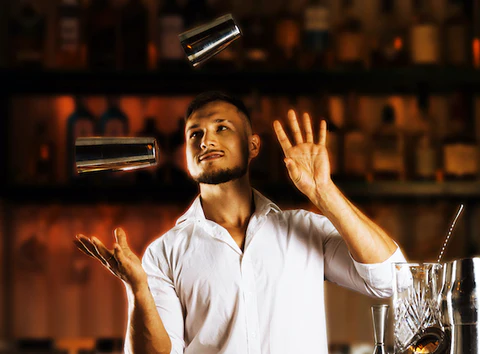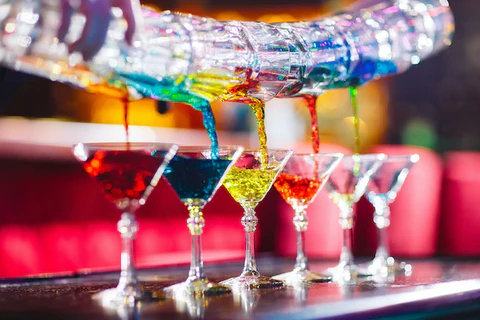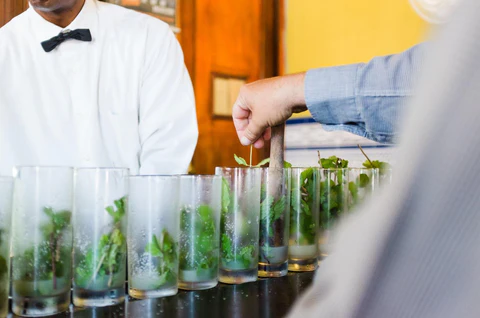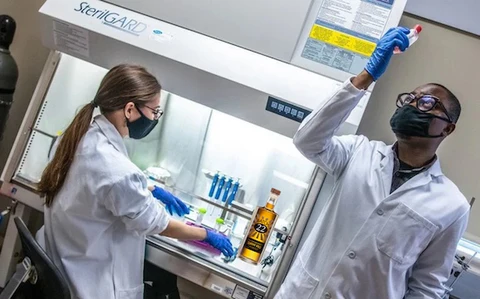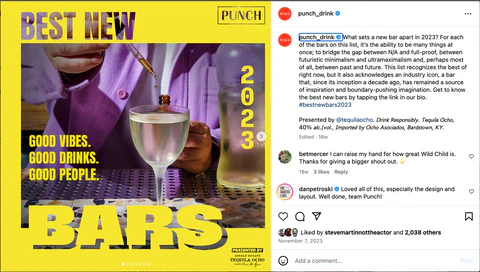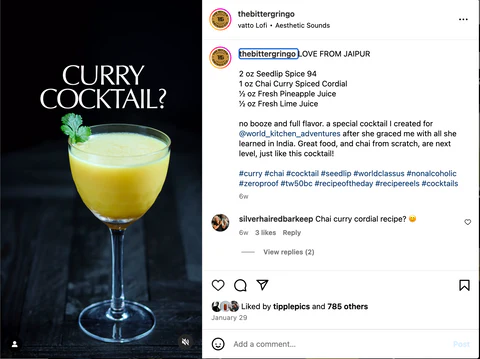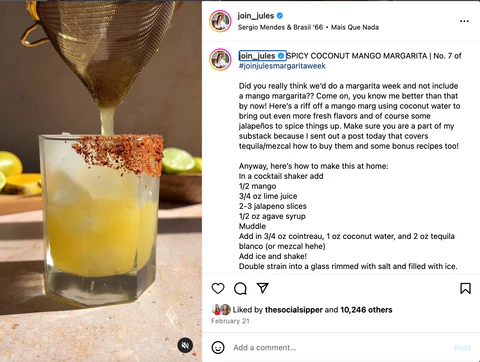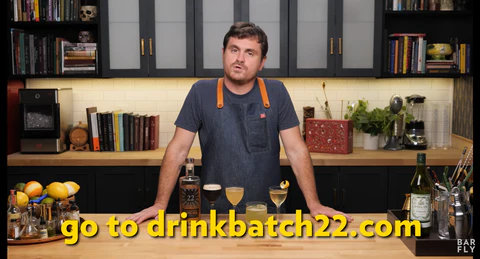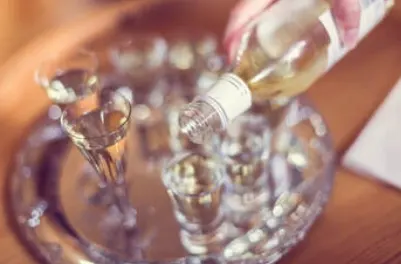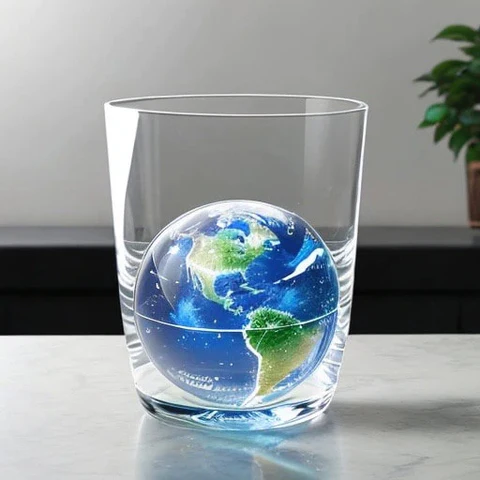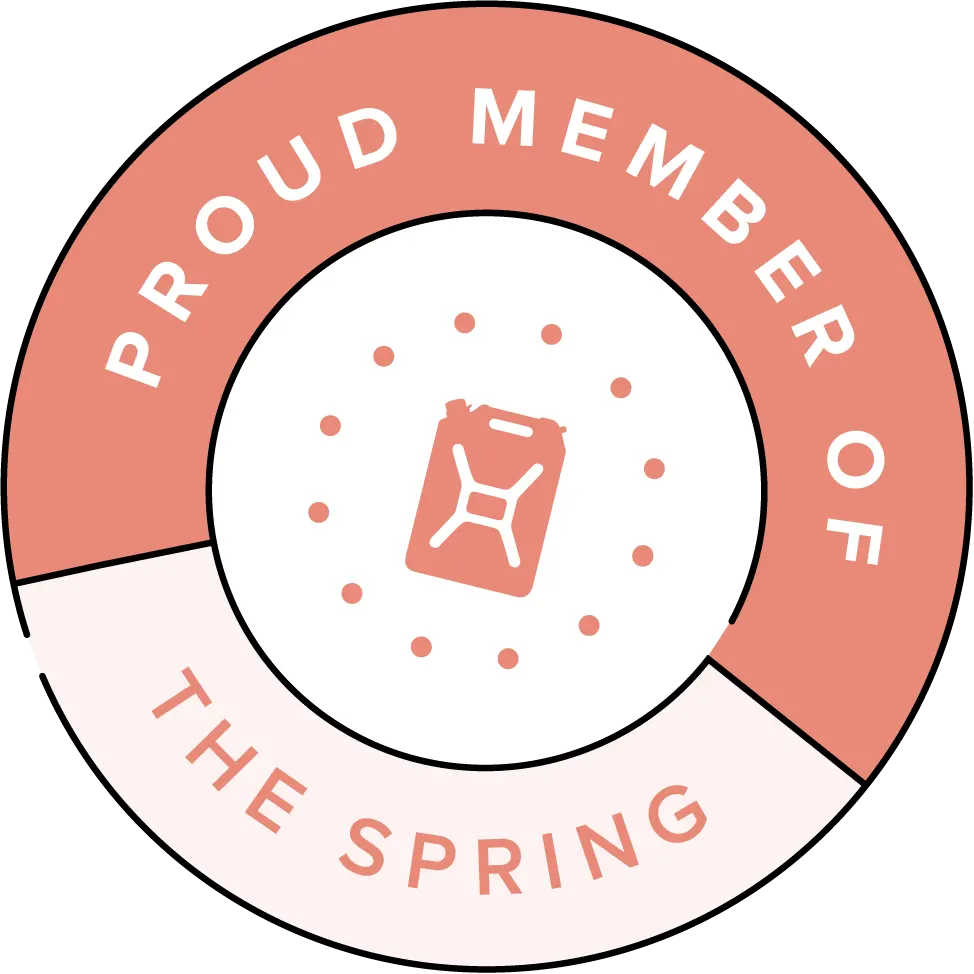Do you want to get a moose drunk?
If you’re in certain parts of Alaska, you better be careful. Getting a moose drunk is actually illegal.
We hadn’t realized, before we jumped headfirst into the spirits game, just how many rules and regulations govern the world of alcohol production and consumption. The shock was not only how many rules there are, but also how patently ridiculous many of them are. A mix of Prohibition-era restrictions still on the books, puritanical attitudes toward drinking, and powerful industry lobbies all combine today to create a comical hodgepodge of needlessly complex and hypocritical rules and laws.
We won’t bore you with the all the regs surrounding alcohol production, licensing, labeling, and distribution (they would fill many of these pages), but we will share some of the craziest and most ludicrous laws and restrictions that remain on the books in states all across our country.
Kentucky: No drinking on Election Day. It is not only illegal to sell alcohol on Election Day in Kentucky, it is also illegal to drink alcohol within 100 feet of a polling place.
Massachusetts: Happy Hour is illegal. One of only a few states that still bans this otherwise common practice, Massachusetts bars cannot offer discounted drinks at any time of the day or night.
Texas: It is illegal to take more than three sips of beer if you are standing up. It is also illegal to sell beer in buckets.
Utah: It is illegal to drink any kind of alcohol in public, including parks, sidewalks, and any municipal spaces.
Georgia: It is illegal to sell beer before noon on Sundays. This law, and similar Blue Laws in other states, originated as a way to encourage church attendance. It is also illegal for businesses that provide massage services to sell or serve alcohol.
Oklahoma: It is illegal to sell any alcohol in a container larger than 32 ounces. And, if the alcohol in a container is above 4% ABV, it must be sold at room temperature.
Mississippi: It is illegal to drink alcohol on a train.
Ohio: It is illegal to get a fish drunk. It is also illegal to reference Santa Claus in any promotion or advertising for an alcoholic beverage.
Alaska: In certain areas, including the city of Fairbanks, it is illegal to serve alcoholic beverages to a moose.
New York: The New York State Liquor Authority allows liquor stores to sell wine glasses, wine stoppers, and corkscrews, but wine gift bags are prohibited. Fines for selling a wine gift bag can be as high as $10,000.
Missouri: It is illegal to sit on a curb and drink beer from a bucket.
Nebraska: It is illegal for a bar to sell beer unless it is simultaneously brewing a kettle of soup.
Iowa: It is illegal for men to drink beer while they are in bed with their wives (not sure what the law is about women drinking beer in bed…). It is also illegal to “run a tab” at a bar in Iowa.
Florida: The celebratory large format bottles typical for wines and beers are illegal in the state. These include Double magnums, Methuselahs, Salmanazars, Bathazars, and Nebuchadnezzars.
California: No alcoholic beverage can be displayed or sold within 5 feet of a cash register in any establishment that also sells gas.
Pennsylvania: An old law still on the books prohibits a man from buying alcohol without a note of permission from his wife.
New Jersey: If you’re charged with a DUI, you are no longer eligible to obtain a personalized license plate.
Tennessee: A law on the books requires bar owners to prevent any patrons from making loud or unusual noises.


